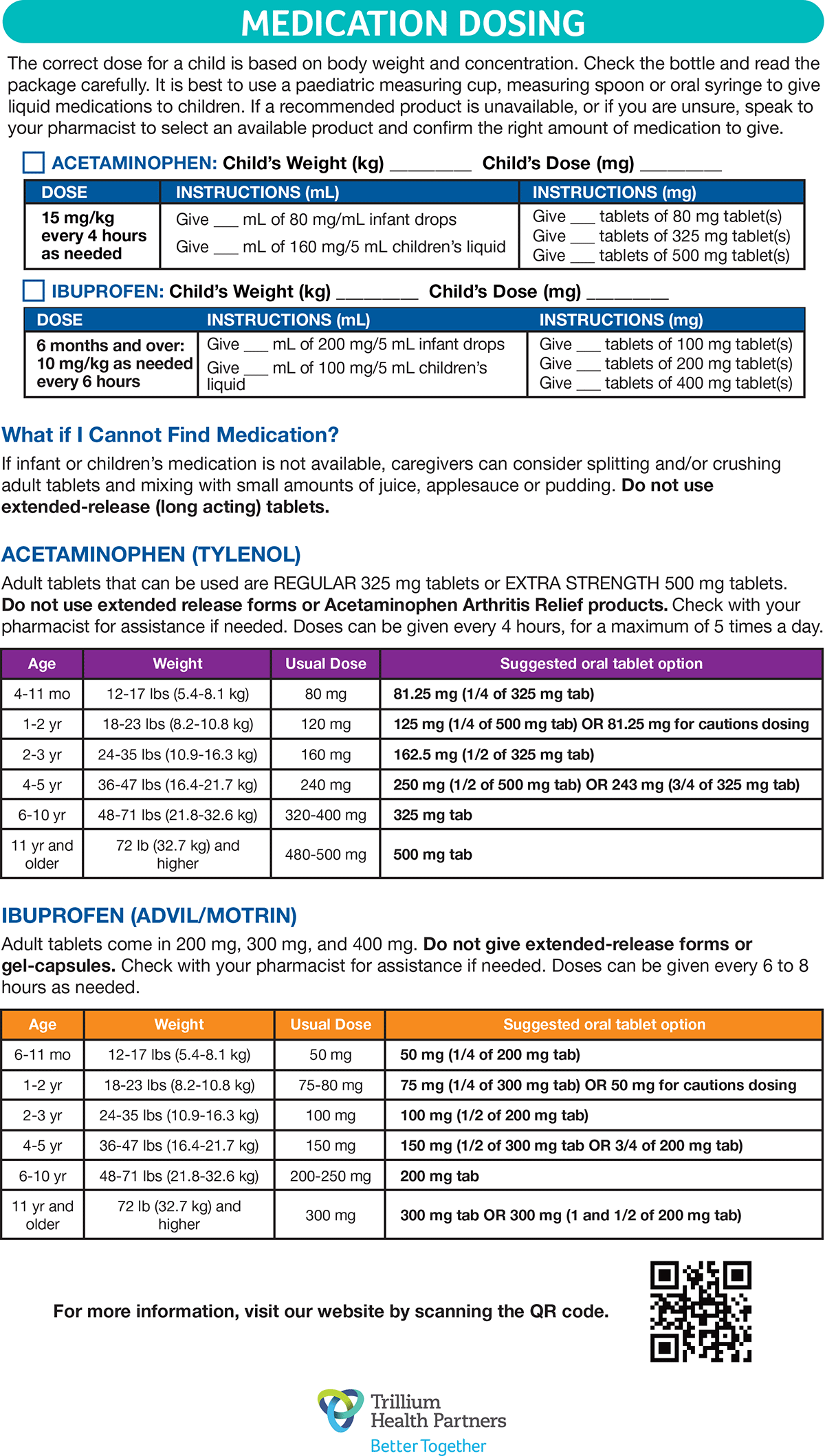THP Emergency Departments
and Community Care Options
Your Local Emergency Departments are Very Busy
We are seeing a significant increase in the number of patients visiting our Emergency Departments, which is resulting in longer than usual wait times. If you have a health concern that is not an emergency, there are a number of community options available to care for you.
Community Health Care Options
Non-emergency options for care
Fever & Cough Resources for Parents
Managing fevers, coughs, and congestion in children and infants
Visiting the Emergency Department
Locations, hours, what to bring with you, and what to know
Masking Policy
Visiting THP and Connecting with Patients
Staying Healthy this Season
How to stay healthy and prevent spread
Safe and Respectful Space
Ensuring a safe space for patients and care teams
Fever & Cough Resources for Parents
Managing fevers, coughs, and congestion in children and infants
Fevers in children and infants are the number one reason for paediatric visits to our Emergency Departments, some of which can be treated safely at home or through a visit with your family doctor, a walk-in clinic or call to Health Connect Ontario by dialling 811.
- Fevers do not need to be treated if your child is feeling well, as this will not make the fever go away faster.
- Many children feel unwell when they have a fever and can have additional symptoms such as chills and less energy. This is a good reason to treat the fever, to help them feel better.
- Give your child extra fluids.
- Dress your child in one layer of light weight clothing.
- If the child is uncomfortable use infant or children’s acetaminophen and ibuprofen can be rotated and used based on packaging directions. Consult your doctor or pharmacist if you cannot find pain relief medication, as adult medication may be used in the correct dosage based on weight. Additionally, compounding pharmacies can offer alternatives to shelf brands that may not be available. Do not give children or infants ASA (aspirin).
- Repeat medicine as needed. Never exceed the recommended dose.
- If a fever does not go down after treating, this does not mean your child has a more serious illness.
- If your child has a fever for more than four days, their symptoms have not improved after a week, or if your child develops an earache, it’s time to see a doctor.
| Age | Recommended method |
|---|---|
| Newborn – 2 years old | Most accurate: Rectal (in the bottom) Alternative: Armpit |
| 2 – 5 years old | Most accurate: Rectal Alternative: Ear, Armpit |
| Older than 5 years | Most accurate: Mouth Alternative: Ear, Armpit |
BC Children’s Hospital: When to come to the Emergency Department
SickKids About Kids Health – Health Information (in multiple languages): AboutKidsHealth
- Over-the-counter cough and cold medicines do not work well and can be dangerous for children under the age of 6-years-old.
- Honey can help with cough. One study shows that 2 teaspoons of honey at bedtime can reduce night-time coughing and improve sleep. Honey should NOT be given to babies under 12 months of age due to risk of infant botulism. A baby’s digestive system is not mature enough yet to destroy the botulinum spores that can be found in honey.
- Use a cool mist humidifier and saline drops for help with congestion. Saline (salt water) drops can be purchased from your pharmacy and help loosen mucous in the nose when your child is congested, especially before bedtime. To use a saline solution and nasal aspirator, place two to three drops of saline in each nostril with your child’s head tilted back about 30 degrees. Gently use your aspirator in each nostril to remove mucus and additional saline solution.
- Most coughs, colds, earaches, and sore throats get better at home without antibiotics. Most symptoms will improve in 7 to 10 days, although it can take time, often weeks, for a cough to resolve.
- Offer oral rehydration solutions such as Pedialyte, Gastrolyte, or Enfalyte as these have the right balance of water, sugar and salts.
- It is better to offer small amounts of fluid more often, such as giving 1 to 2 teaspoons (5 to 10 mL) every 5 minutes. Using a syringe to squirt small amounts of fluid often works well.
- If your child has breathing difficulties, such as:
- Breathing more quickly than usual
- “Sucking in” under the ribs or at the throat
- Blue/purple colour of the lips.
- If your child has repeated red, bloody, or black stools or blood in the vomit.
- If you worry your child may be dehydrated. Most children do not have a good appetite for food when they are sick and that’s ok, but they need to keep drinking fluid to not get dehydrated. Younger babies are at higher risk as they can become dehydrated more quickly. Signs/symptoms of dehydration are one or more of the following:
- dry, cracked lips and a dry mouth
- much less pee than usual - no urine for 8 to 12 hours, or dark-coloured urine
- drowsiness or irritability
- low energy levels, seeming very weak or limp
- no tears when crying
- sunken eyes or sunken soft spot (fontanelle) on baby's head
- If they are very irritable or sleepy and don't improve with medicine
- Have a headache or sore neck that doesn't go away with fever or pain medicine

